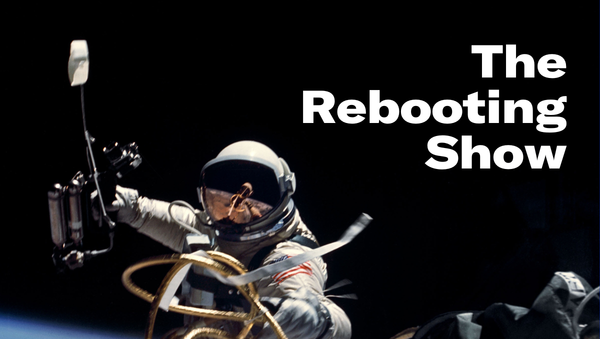SKU media vs brand bundles
Unit economics publishing is a short term approach
Against all odds, the war launched by Barstool’s Dave Portnoy against Insider and even its sister companies continues into a second week, following an Insider article that delved into muddled accusations of sexual misconduct by Portnoy. From Portnoy’s perspective, the article was a “hit piece,” falling back on the familiar claim of “cancel culture.” The interesting wrinkle of this, from a business model perspective, is how Insider’s decision to put the article behind a paywall is being used by Portnoy as proof the article was ginned up for nefarious reasons, in this case to grab some subs dollars.
Insider, the confusing entity that is home to Business Insider, is an interesting company with a bifurcated model that marries broad reach lifestyle and news content with in-depth business news. The former generally is monetized through ads while the latter is behind a paywall. This particular article is an anomaly since, to my understanding, it was produced by the part of Insider that normally is focused on broad reach. The decision to put it behind the paywall opened up Insider to this criticism whereas The Wall Street Journal with a strict paywall wouldn’t get the same criticism for, say, requiring a subscription to read its investigative piece that precipitated the downfall of Theranos.
This points to a weakness of digital media’s shift to a SKU model. By SKU, I mean the retail term for individual items, or stock-keeping units. SKUs play a critical role in retail, allowing for the optimization of inventory supplies. By breaking down inventory to individual units retailers can not only manage supply better but also determine profitability on a per-unit basis. Deconstructing media to the SKU level has been a go-to strategy for publishers as they competed for attention in an age of algorithms, beginning with search and followed by social.




